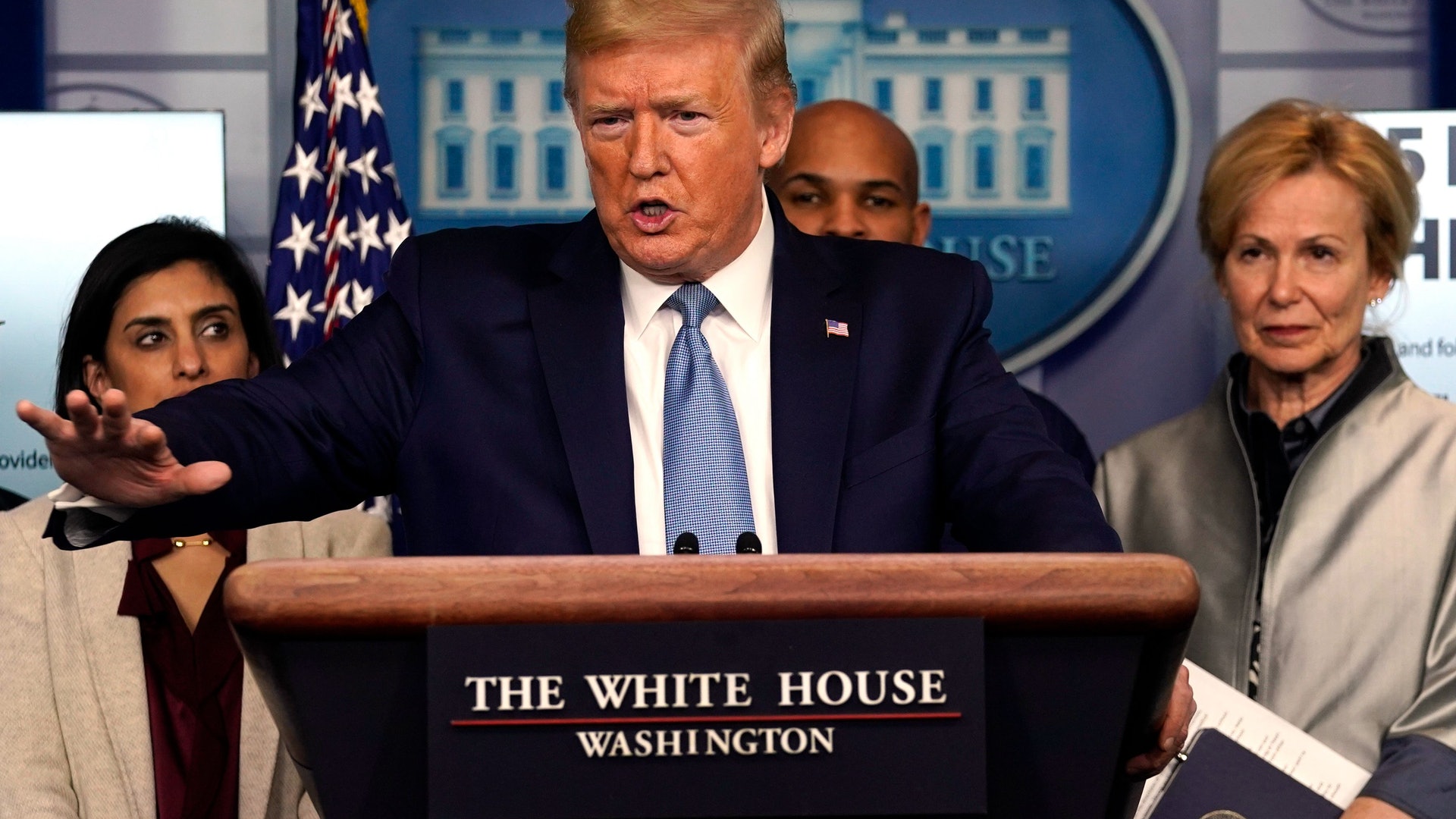US stocks were blood-washed again on March 16. The S & P 500 index fell more than 7% at the opening, triggering the third blowout in two weeks and the fourth blowout in US history. Both the economics community, investment banks and the media are discussing whether the slump in U.S. stocks will trigger a recession in the U.S. economy and a new economic crisis. There are different opinions on this. Most public opinion believes that the risk of crisis is increasing, but there are still voices The recession can be delayed and the economic crisis caused by the epidemic is exaggerated. So “whether the economic crisis will come” has become the focus of public opinion.
In fact, instead of continuing to question investment bank analysts and economists, the actions of US President Donald Trump have already given the answer. Rather than continue asking questions to investment bank analysts and economists, the market response has given the answer.
The past two weeks can be said to be a nightmare on Wall Street. Due to the dual impact of the new crown epidemic and the plunge in oil prices, U.S. stocks experienced the largest decline in 33 years and have continued to fluctuate since then.
As a result, the Federal Reserve ’s decision to take emergency action before the March 18 regular meeting demonstrates that Trump ’s pressure has worked. Following the 50-bps emergency rate cut by the Federal Reserve on March 3, the Federal Reserve ’s interest rate target range was cut again by 1 percentage point to 0% to 0.25% on the 15th, and the US $ 700 billion QE program was launched. An epic “big water release.”
Such a wave of emergency operations is not tantamount to announcing the world, the economic crisis has arrived?
Remotely remember the US subprime mortgage crisis 10 years ago. From September 2007 to December 2008, the US Federal Reserve cut interest rates 10 times in a row, and the federal funds target rate was reduced from 5.25% to 0.25%. There is no room for interest rate policy, but the subprime mortgage crisis has not been effectively controlled. The financial situation in the United States has deteriorated rapidly, and banks continued to fail in 2008.
In this case, the US Federal Reserve announced in November 2008 that it would purchase asset-backed securities issued by several residential loan banks, and launched the first quantitative easing. Three rounds of quantitative easing and low interest rates were maintained until 2015.
Now, the United States has begun to cut interest rates from August 2019, and the starting point for this rate cut is 2.25% to 2.5%. This time, it is an emergency cut to zero interest rates to rescue the market. More intense.
The development of the epidemic has just begun, and there is still room for the stock market and oil prices to fall. At this time, the currency instruments have been used up, which of course will only cause greater market panic. The meltdown on March 16 illustrates the market’s most real worries and proves the foregone conclusion of the crisis.
When Trump, who likes to boast about the U.S. economy, said that “the economy may be in recession,” how can the outside world need to discuss “is the crisis coming?” Recession is no longer a question mark. Recession or crisis is no longer the core of the problem. The crisis has come, and how to deal with it is the topic.












